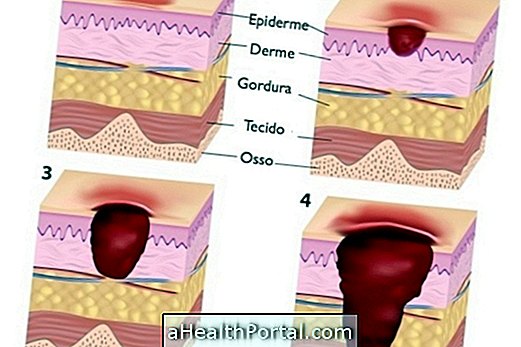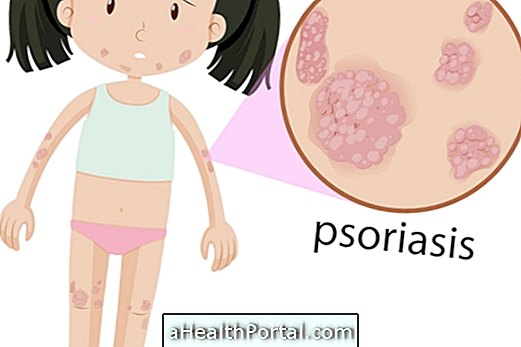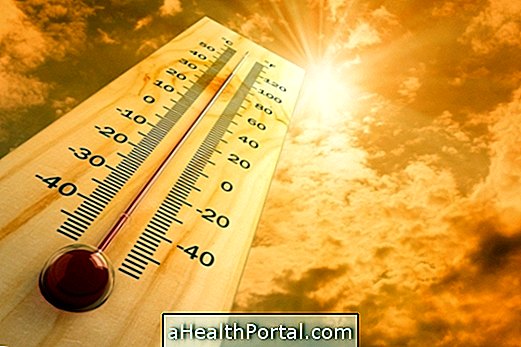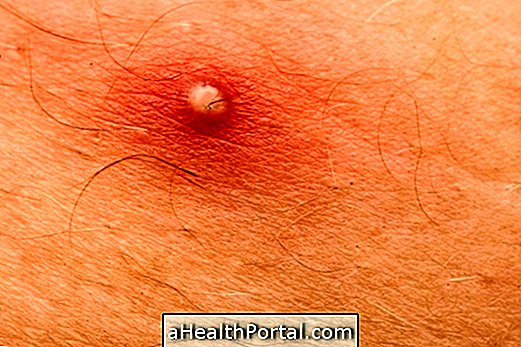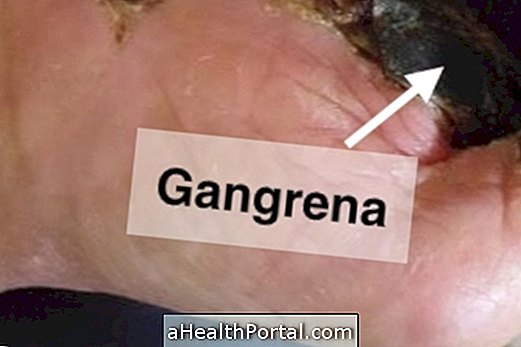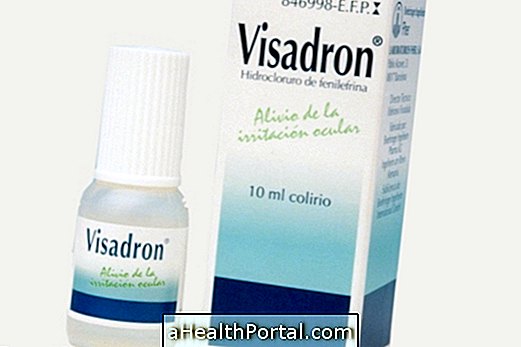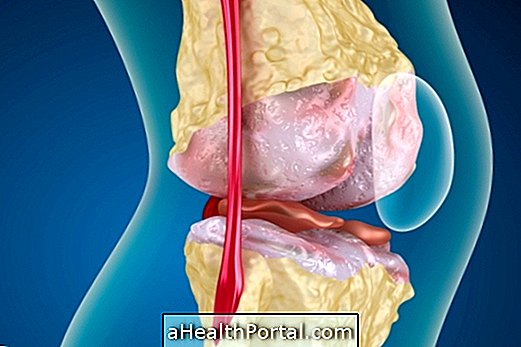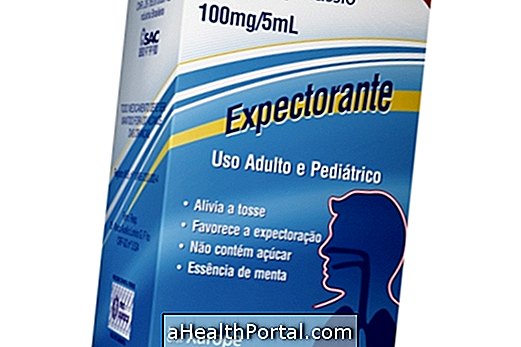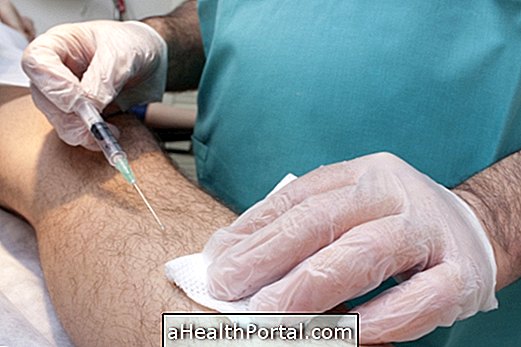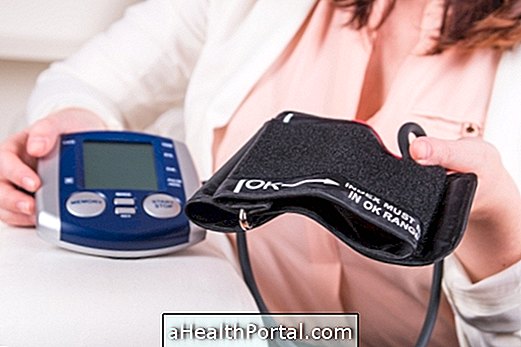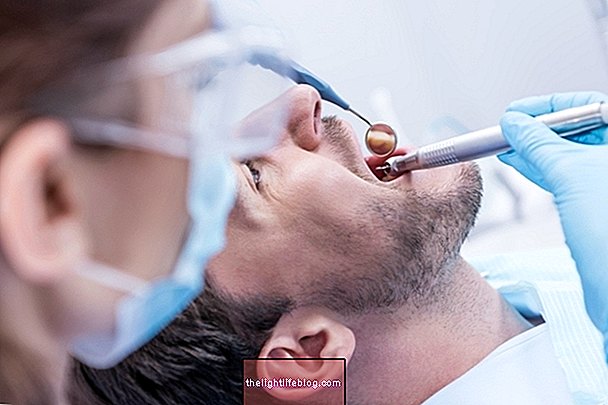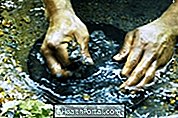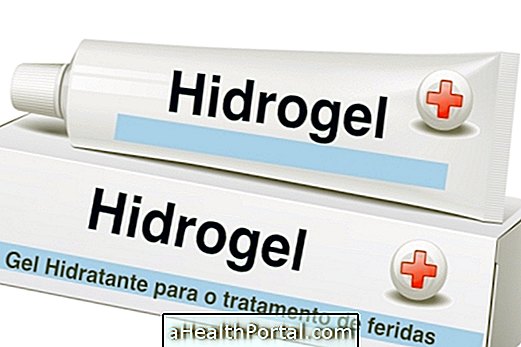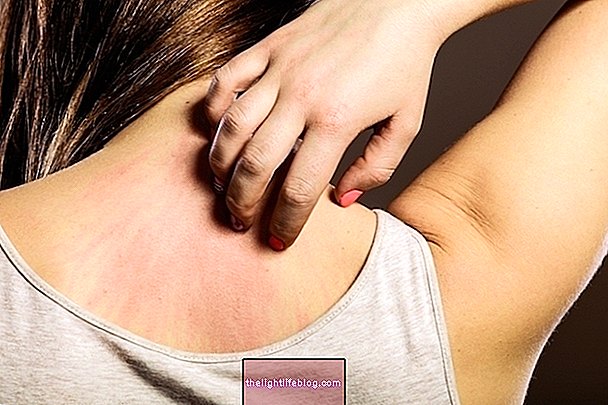Bullous ichthyosis, also known as congenital ichthyosis, is a genetic skin disease. It is most common in children of closely related parents, where the baby has a high dryness of the skin, especially in the trunk, legs and feet, which looks like a fish scale. Ichtosis may or may not have blisters, and the most common form of the disease may decrease in intensity over time.
Symptoms of Ichthyosis Bullosa
One of the biggest problems of this disease is the risk of infection because the skin does not fulfill its role of protecting the body against invading agents, facilitating its entry. In addition, the skin gets very dry and there is an increase in dehydration, especially in newborns.
In the most severe form of the disease, the skin becomes so dry that it disrupts respiratory movements, which can lead to shortness of breath and respiratory arrest. These infants should be taken to the neonatal intensive care unit at the time of birth for the necessary care.
Treatment for Ichthyosis Bullosa
The treatment for this disease includes the use of large amounts of moisturizers, the use of a special soap and shampoo to actually disinfect the skin, decreasing the risk of infections, and a hypercaloric diet.
There is no drug that can cure the disease, and many patients die from infections in childhood.
